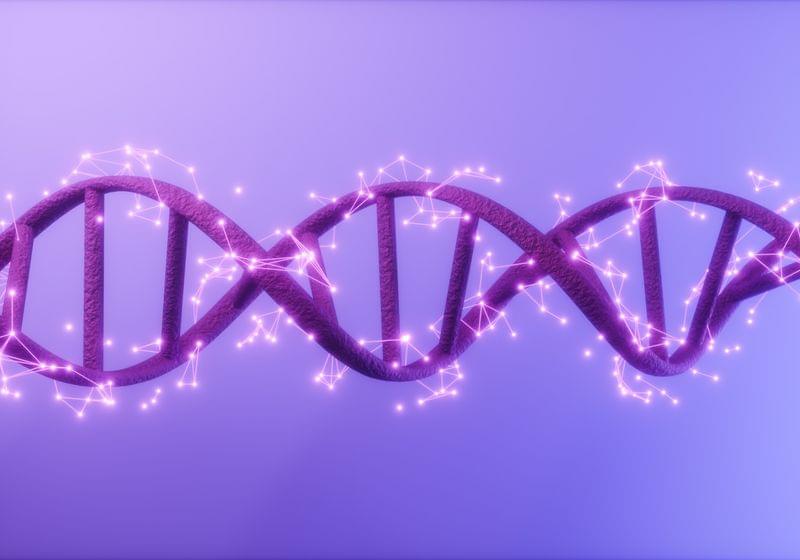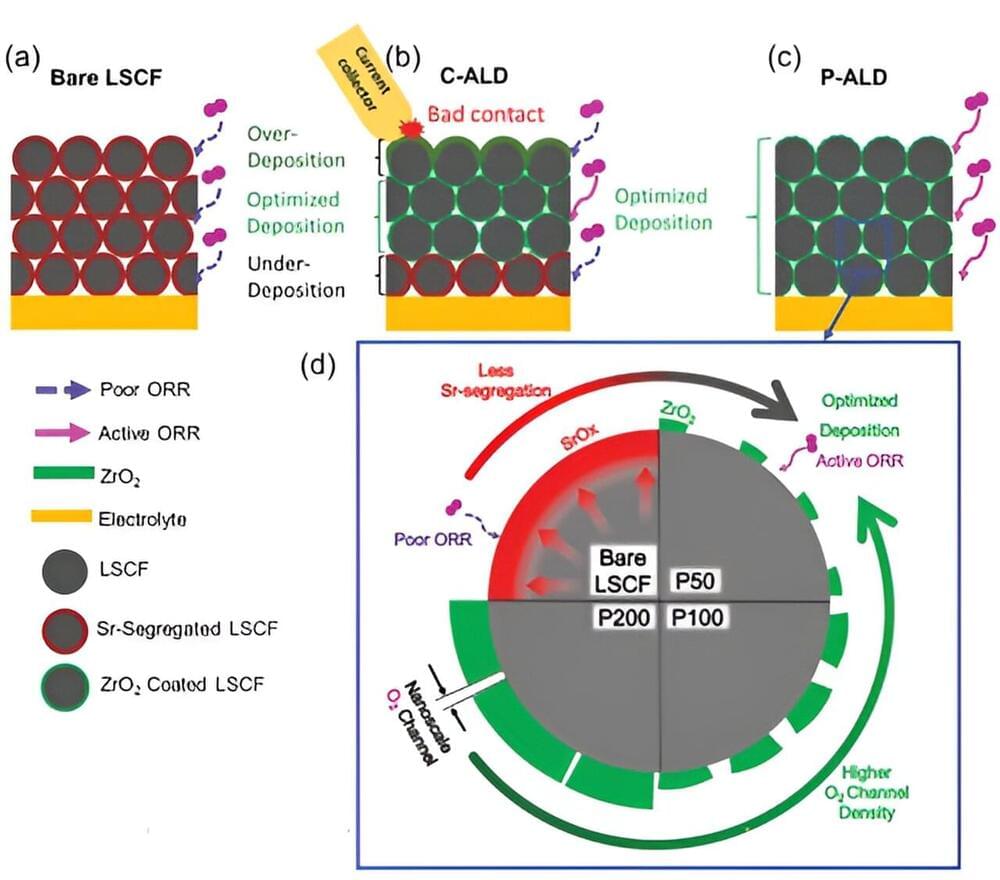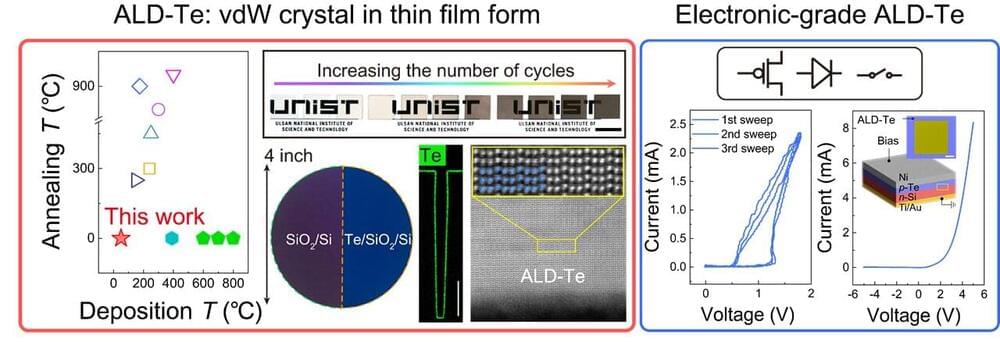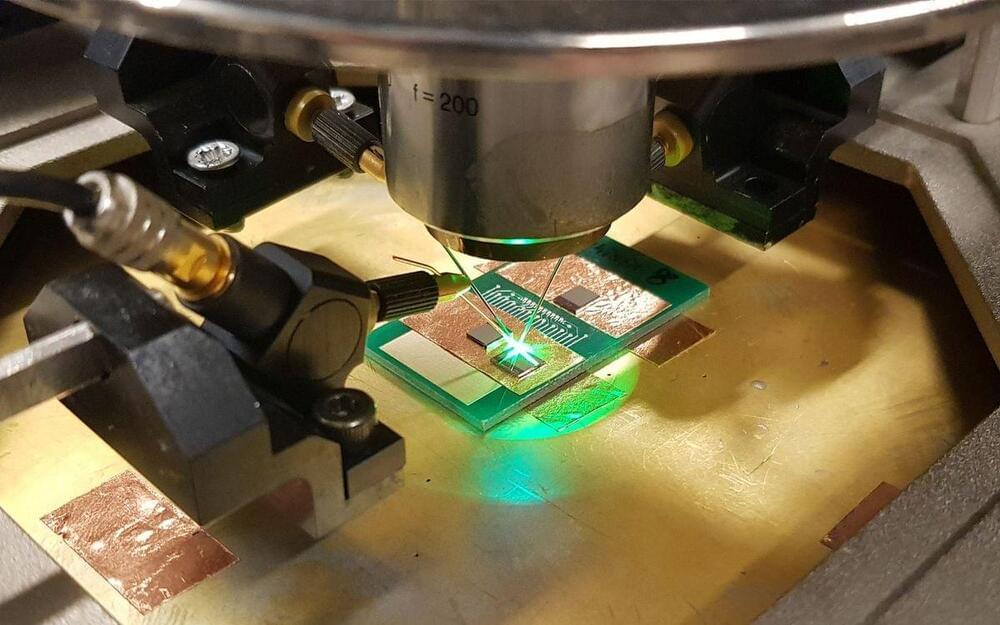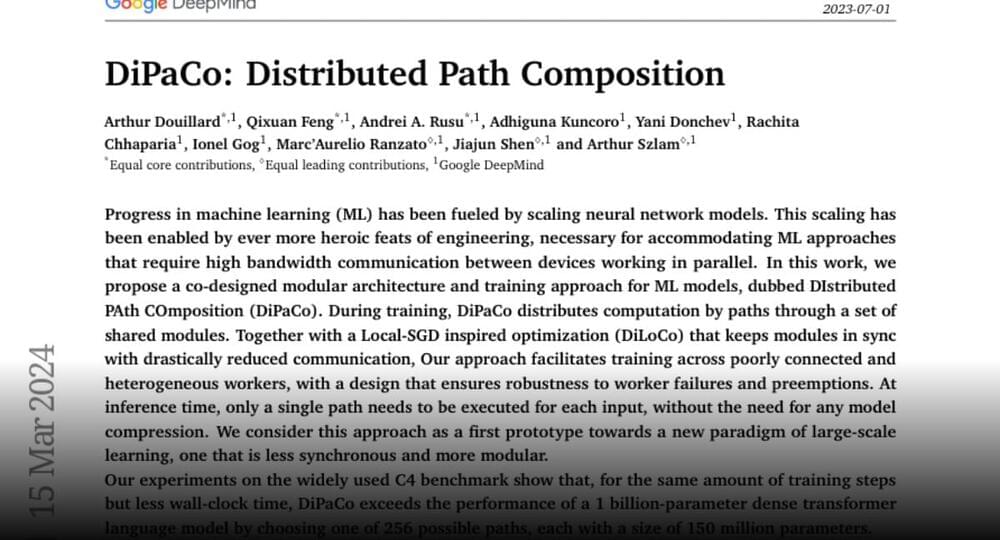Conventionally, corneal abrasion patients wear a clear, oxygen-permeable bandage contact lens for seven to 10 days but this treatment does not ensure the drug remains in the eye for sustained treatment, according to a statement by the University of Waterloo.
This new lens material was developed with the ambition to address the limitations of current methods for treating corneal abrasions. The contact lens material is derived from gelatin methacrylate, a collagen by-product. Collagen is a protein naturally found in the eye and is involved in the wound-healing process but it’s too soft and weak to perform as an appropriate contact lens material.
Dr. Evelyn Yim, an associate professor of chemical engineering at the University of Waterloo, found a way to transform gelatin methacrylate into a biomaterial ten times stronger than collagen, the statement revealed.

